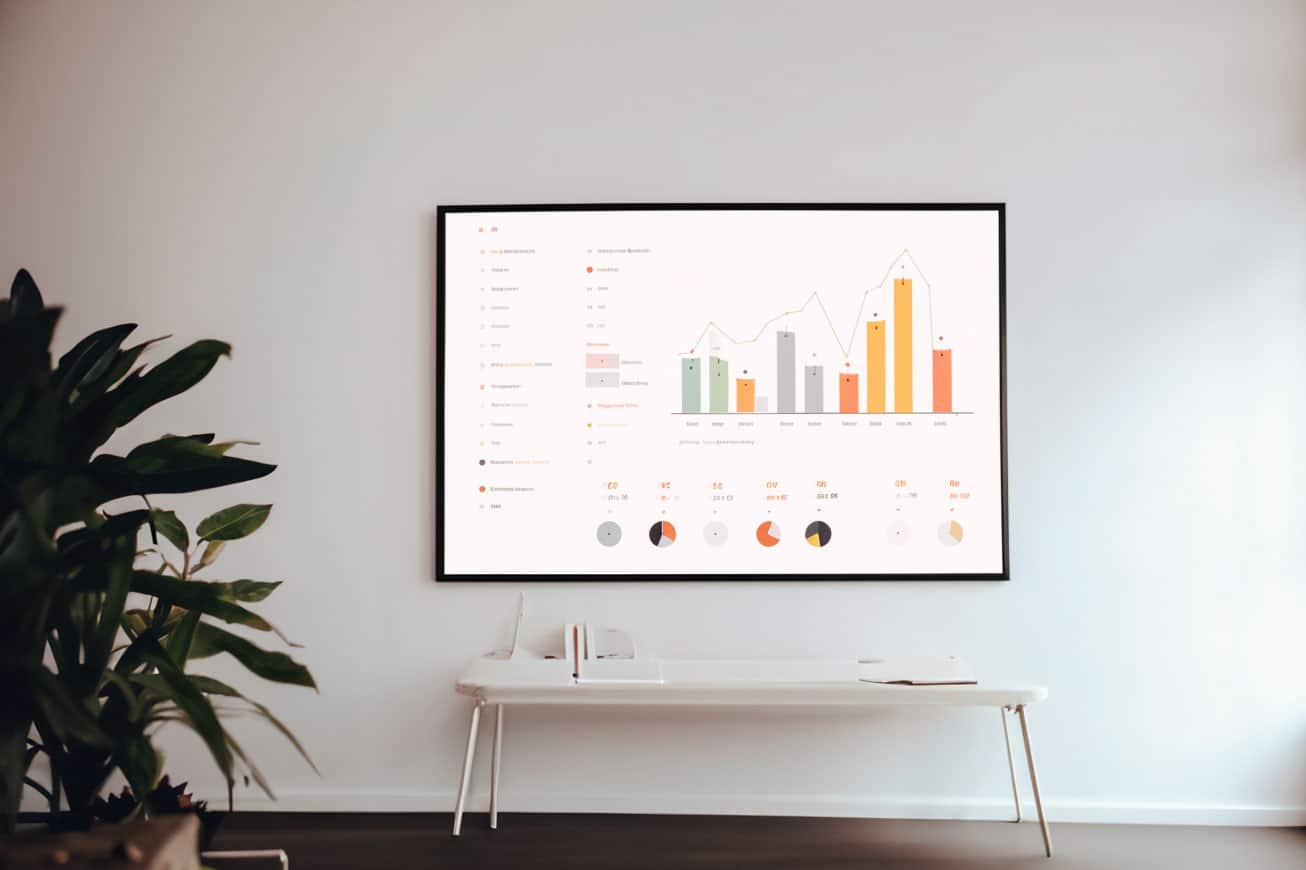In the dynamic realm of digital marketing, measuring success isn’t always straightforward. We’re all chasing that coveted Return on Investment (ROI) and Return on Advertising Spend (ROAS), but how do we gauge the true worth of our efforts? Enter lead value – a cornerstone metric that sets the stage for estimating ROI/ROAS for businesses who rely on “leads” and a more traditional sales process. While it might seem like a crude figure, it’s the initial checkpoint in a journey that leads to more precise calculations.
Crunching the Numbers – Calculating Lead Value
Lead value is our starting point, a primitive compass guiding us through the complex ROI landscape. Let’s demystify it by delving into the formula that shapes its existence:
Lead Value = Average Job Value x Sales Conversion Rate
Now, let’s break down the components of this equation:
Sales Conversion Rate: This indicator is largely an internal business metric, assuming we’re sending the right people to your business. It’s the ratio of Marketing Qualified Leads (MQLs) that have materialised into successful deals. In mathematical terms, it’s calculated as:
Sales Conversion Rate = Number of Marketing Qualified Leads (MQL) / Number of Jobs Won
Average Job Value: This figure helps us understand the impact of our combined efforts – the average revenue generated from a single job. However, to keep outliers from skewing the data, we calculate it like this:
Average Job Value = Total Revenue / Number of Jobs Completed (minus outliers*)
*Outliers would be jobs that would be too small, too large and/or in some way not an accurate representation of your standard offering
Defining MQLs – The Parameters that Matter
MQLs aren’t just entries in a database; they’re potential success stories waiting to unfold. But how do we define them? The answer lies in the client’s unique preferences. This could include specific inputs like budget, location, or deadline – elements that separate the promising leads from the crowd.
Imagine an average job value of $10,000 and a conversion rate of 10% from your measured MQLs. In this scenario, the lead value would simply be $1,000 ($10k x 10%). Picture this: if we funnel 20 MQLs towards you as the client, we’re essentially delivering $20,000 in value to your doorstep. It’s a powerful metric that lays the groundwork for calculating the ROI/ROAS.
The Power of Precision – The Role of Client Collaboration
Remember, this isn’t a numbers game we play in isolation. Precision is our ally, and collaboration with our clients is key. We’re not just crunching numbers; we’re weaving a narrative of success. That’s why it’s paramount to align our metrics with our client’s vision and objectives. When the numbers make sense to them, the ROI/ROAS calculations take on a new level of credibility.
So, as we venture deeper into the digital marketing landscape, let’s not overlook the humble lead value. It might be a starting point, but it’s the foundation upon which we comfortably scale our marketing efforts. It’s a reminder that success isn’t arbitrary – it’s a well-calculated journey based on numbers, strategy, and, most importantly, client collaboration.
In conclusion, lead value serves as a stepping stone in our quest for ensuring positive ROI. Armed with a simple formula, we navigate the complex world of digital marketing with precision and purpose. By defining MQLs in sync with client expectations, we amplify the significance of our metrics. So, let’s embrace the numbers, empower our strategies, and watch our collaborative efforts turn into success stories worth every digit.







